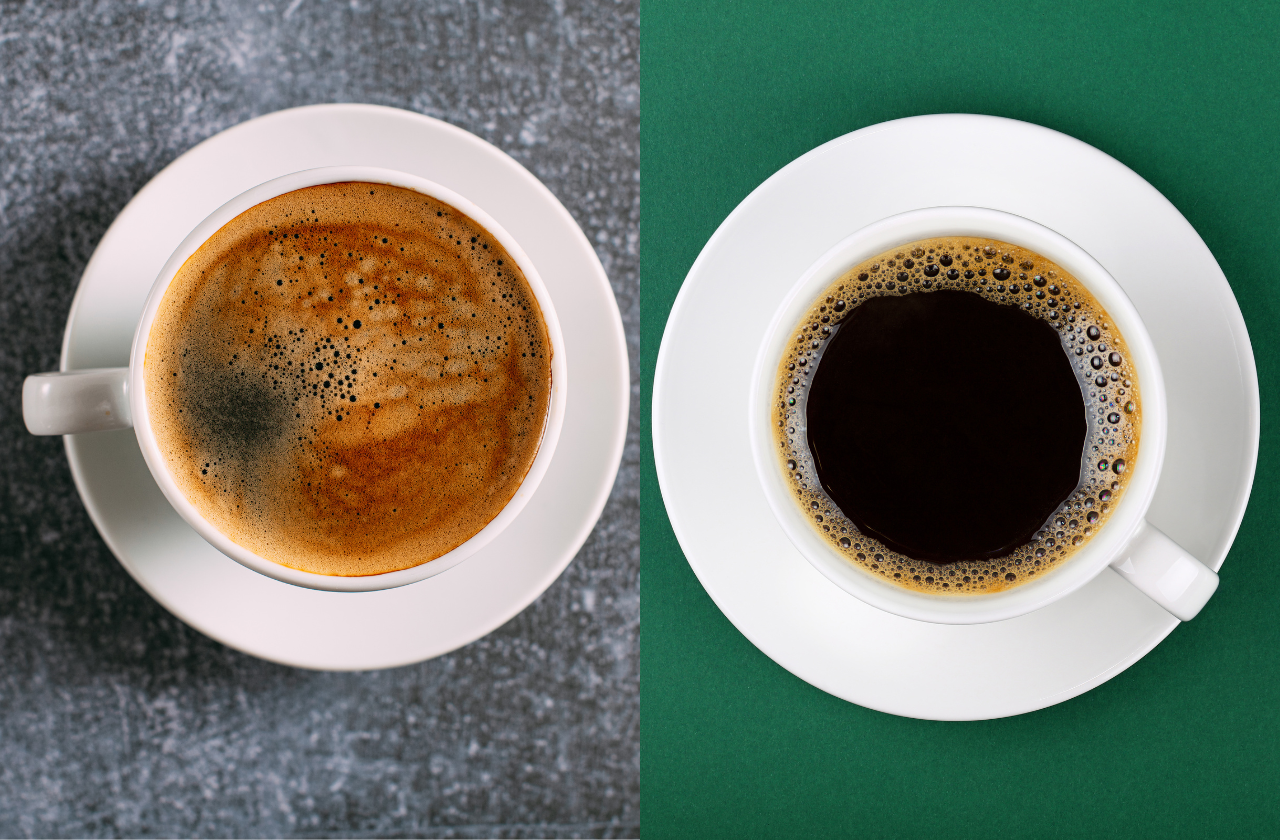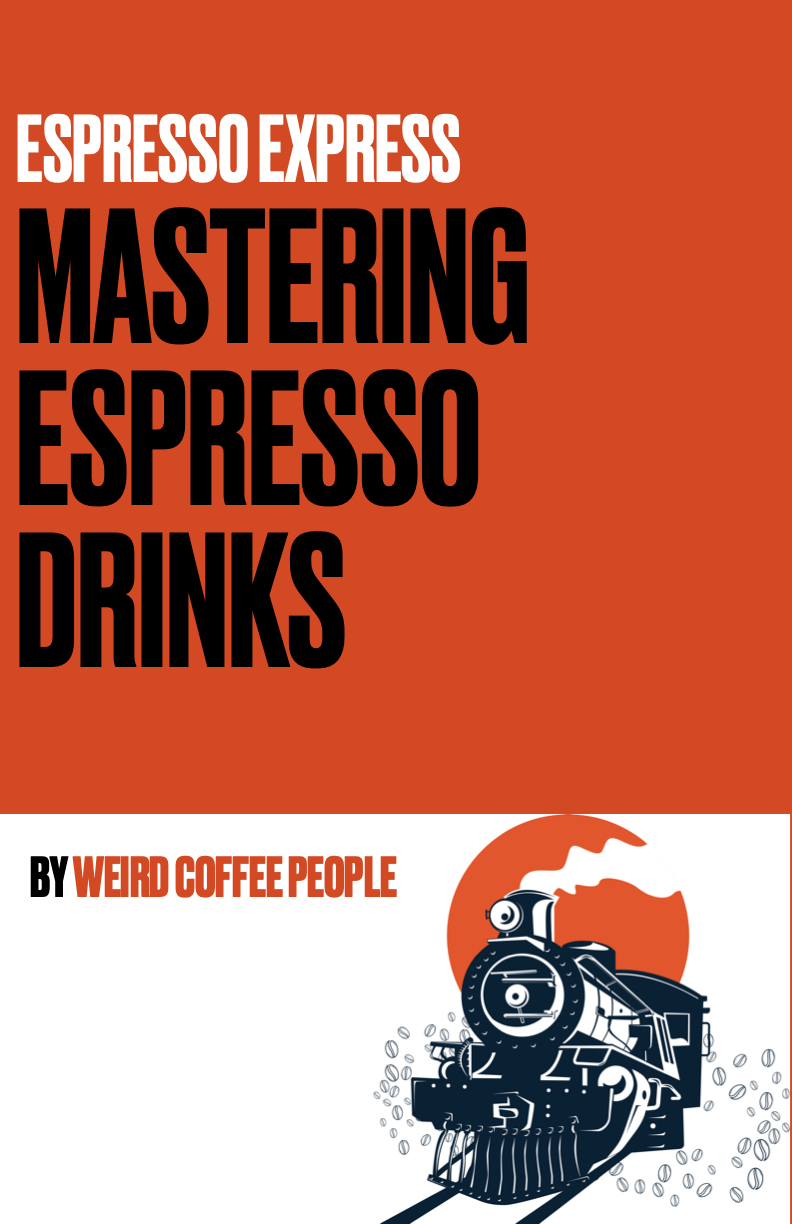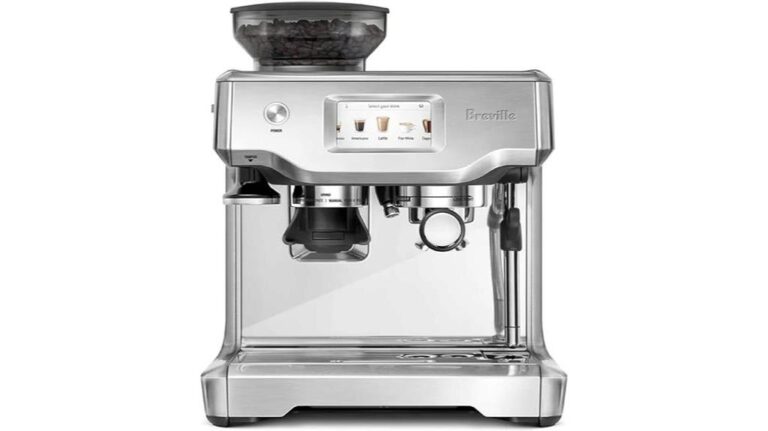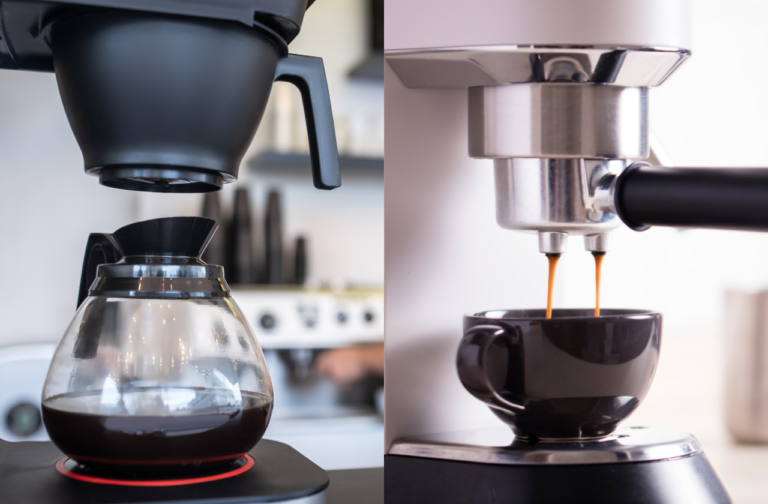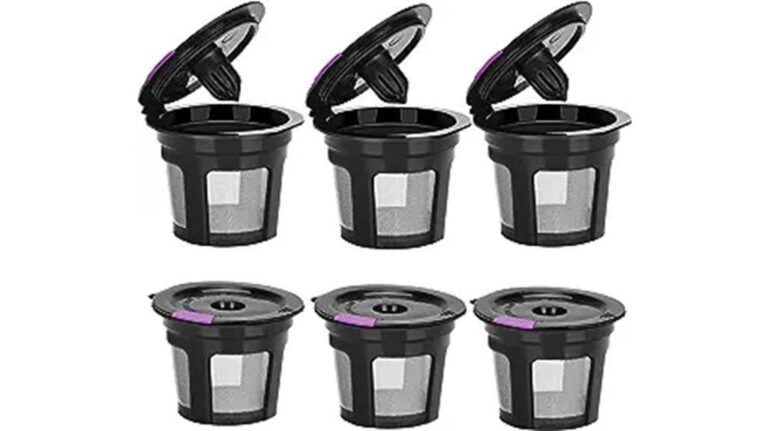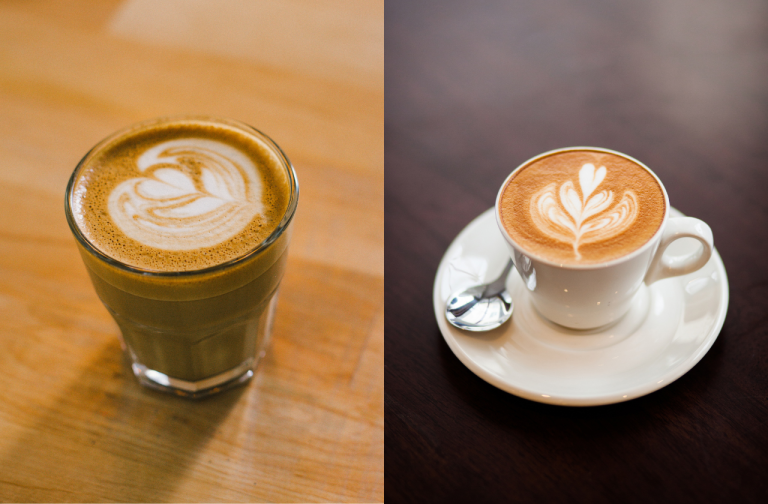Americano Vs. Black Coffee
Coffee is so much more than just a drink. It has become an essential aspect of daily life for almost every person on earth. Among the myriad of ways to enjoy this beloved drink, two styles stand out for their simplicity and popularity: the Americano and black coffee.
Despite their apparent similarities, these two coffee types have distinct characteristics that cater to different palates and preferences.
Whether you’re a seasoned coffee aficionado or a curious newbie, understanding the differences between Americano and black coffee can enhance your appreciation and help you make an informed choice for your next cup.
From the espresso-based origins of the Americano to the diverse brewing methods of black coffee, this comparison will provide a comprehensive look at what sets these beverages apart.
Defining The Americano And Black Coffee
The Americano
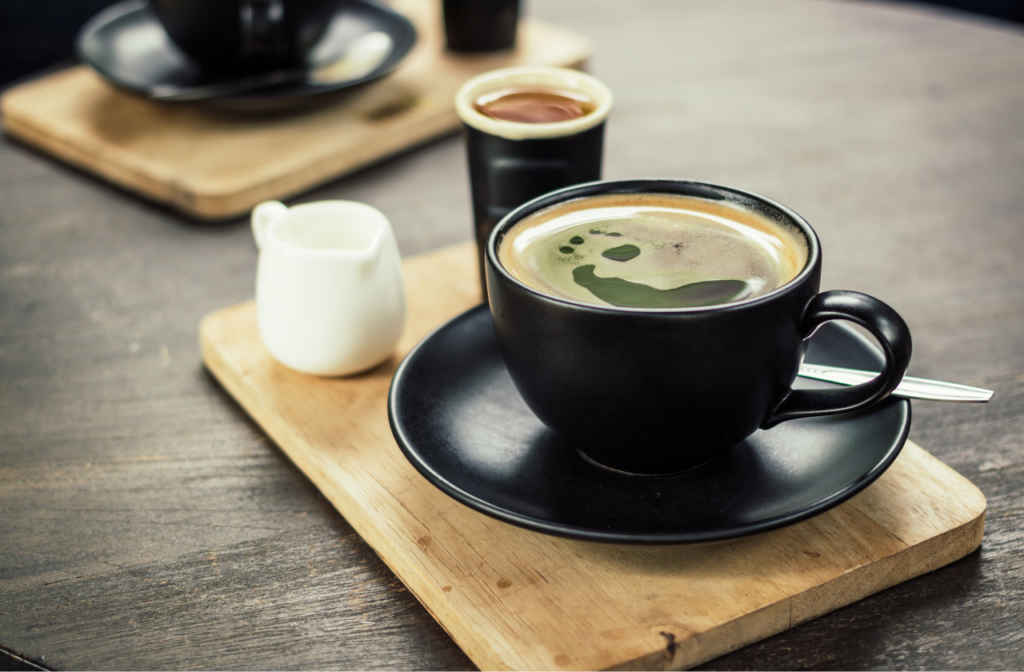
An Americano, or Caffè Americano, has a unique place in the coffee world. This drink stands as a popular choice for those who appreciate the strength of espresso but prefer a milder, more voluminous beverage.
The essence of an Americano is simple: it’s a shot of espresso diluted with water, typically in a 1:1 ratio, although this can vary according to taste. This 1:1 ratio of espresso to hot water can be prepared with a single or double shot of espresso, depending on how strong you would like the resultant beverage to be.
A notable variation of the Americano is the ‘Long Black.’ The difference lies in the preparation method – a Long Black is made by preparing ristretto, which is a shorter and more concentrated version of espresso, and pouring it into a cup already filled with hot water.
This method preserves the crema (the golden layer of foam on top of espresso), contributing to a slightly different mouthfeel and texture compared to the Americano, where the crema is usually disrupted. The ristretto used for a long black makes the drink slightly thicker and smoother compared to a traditional Americano.
The Americano can be enjoyed in black, as is traditional, or other ingredients such as milk, cream, sugar, or sweetener can be added to it. There are rare Americano variations that include cinnamon, chocolate powder, and other flavors.
Iced versions of the Americano are very popular during the warmer months of the year, and there are several recipes for preparing various iced versions of this rink – all of which are delicious.
The Americano can be a simple, hot, black drink, or it can be a complex and versatile flavored drink, depending on how it is prepared and how you like to drink your coffee.
Weird Coffee Tip: The Americano is only one of the drinks that can be made with espresso. There are dozens of espresso-based drinks, and if you enjoy an Americano, you are likely to enjoy other espresso drinks as well. To explore the world of espresso beverages, take a look at this article:
Types Of Espresso Drinks
Black Coffee
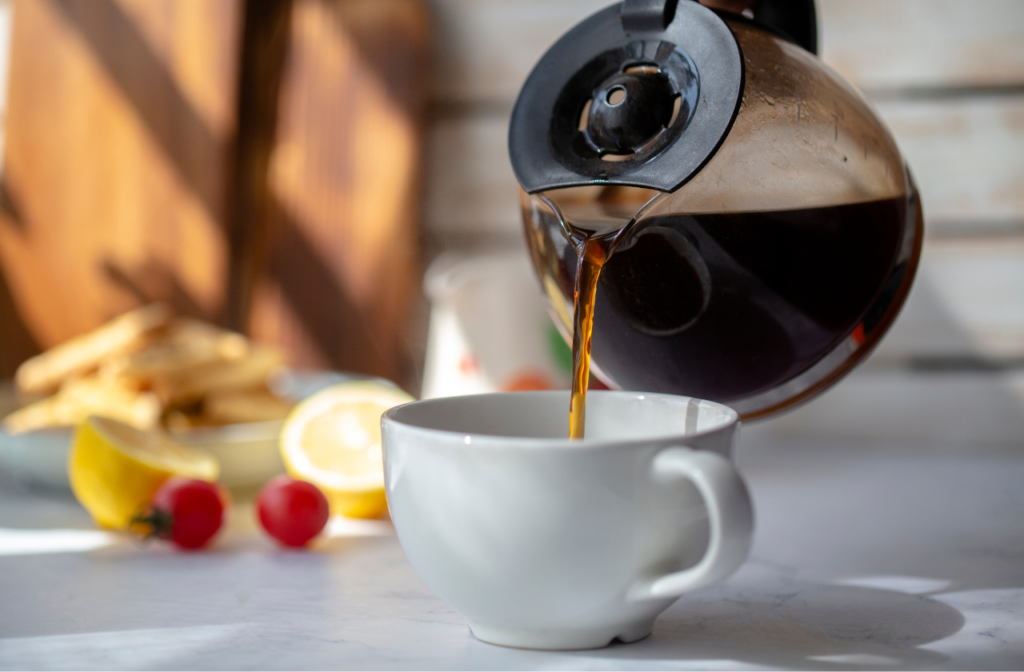
Black coffee is a more encompassing term. It refers to any coffee that is brewed without the addition of milk, sugar, or cream.
This category includes a wide array of brewing methods, each bringing a unique flavor profile and strength. Common methods include using a drip coffee machine, French press, pour-over, Moka pot, automatic drip, and even cold brew.
The diversity in brewing methods under the umbrella of black coffee means that its taste can range from floral and sweet to rich and robust, depending on factors like the coffee beans used, the grind size, and the brewing technique.
The simplicity of black coffee is one of its greatest appeals. Unlike the Americano, which requires an espresso machine (and often a grinder for the freshest experience), black coffee can be made with relatively simple and inexpensive equipment.
From a basic drip coffee maker to a more artisanal pour-over setup, black coffee offers accessibility and versatility in preparation
Preparation Methods
Preparing An Americano

The preparation of an Americano is a straightforward yet elegant process. It begins with brewing a shot (or shots) of espresso, which forms the base of the drink.
Espresso is made by forcing hot water through finely ground coffee beans at high pressure. This process extracts a rich, flavorful shot that serves as the foundation of the Americano.
Once the espresso is ready, hot water is added to it. The traditional ratio is usually 1:1, meaning equal parts espresso and water, but this can vary based on individual preference. Some might prefer a stronger taste with less water or a milder version with more.
It’s important to note that the equipment required for making an Americano, particularly a good-quality espresso machine, can be a significant investment. Additionally, for the freshest and most authentic experience, a grinder capable of producing a fine espresso grind is recommended.
Preparing Black Coffee
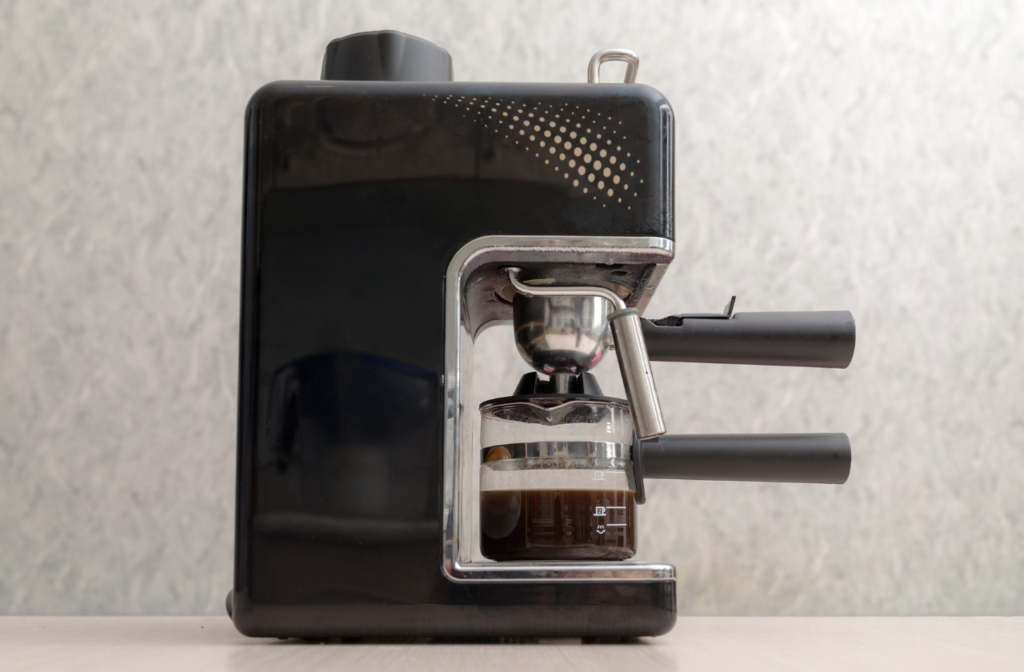
Black coffee can be prepared using a variety of methods, each contributing to the unique taste and strength of the final brew. The simplicity and accessibility of brewing black coffee are two of its main attractions. Here are some popular methods:
- Drip Coffee Machine: One of the most common methods, especially in households and offices. It involves dripping hot water over ground coffee, which then passes through a filter and into a pot or cup.
- French Press: Known for producing a rich and robust brew. Ground coffee is steeped in hot water and then pressed through a metal filter.
- Pour-Over: Offers control over the brewing process, where hot water is poured over coffee grounds in a filter, allowing for a clean and flavorful cup.
- Moka Pot: A stovetop method that produces coffee with an intensity somewhat similar to espresso.
- Cold Brew: Involves steeping coffee grounds in cold water for an extended period (usually 12-24 hours), resulting in a smooth, less acidic brew.
Each method requires different levels of investment in equipment, from inexpensive manual brewers to more advanced automatic machines. However, in general, the equipment needed for black coffee is less specialized and more affordable compared to that required for an American
Americano Vs. Black Coffee: Flavor And Taste Comparison
What To Expect From An Americano

The Americano’s flavor profile is characterized by its smoothness and boldness, a direct result of its espresso base. Despite being diluted, the espresso in an Americano retains its rich and robust flavor, offering a strength similar to traditional coffee but with a smoother texture.
This unique combination is what sets the Americano apart: it provides the flavor profiles and taste of espresso without its inherent intensity and without being too concentrated.
The flavor of an Americano can also be easily adjusted to suit individual preferences. By varying the amount of water added to the espresso, drinkers can control the strength of their coffee without compromising its quality.
This flexibility allows for a strong cup that is not overwhelmingly bitter. The common flavor descriptors for an Americano include dark, earthy, and less bitter compared to straight espresso.
However, the flavor of an Americano is entirely dependent on the type of coffee beans used to brew the espresso. If the coffee itself has a light roast profile and has fruity or bright flavors, the americano will reflect these tasting notes.
If the coffee has a dark roast profile and warmer flavors such as chocolate or caramel, these will be detectable in the finished brew as well.
All factors of the coffee, including roast level, how the coffee is processed, how the coffee is ground, and how it is brewed, affect the flavor of the espresso and, subsequently, the flavor of the Americano that is made with the espresso.
What To Expect From Black Coffee

The flavor of black coffee, on the other hand, is highly dependent on the beans used, the grind size, and the brewing method. This can lead to a wide range of taste profiles, from floral and sweet to rich and bold.
Each brewing method under the umbrella of black coffee has its unique impact on the flavor. For instance, a French press might yield a richer body, while a pour-over could highlight the coffee’s acidity and delicate notes.
Achieving the desired strength and flavor in black coffee can be more challenging. The balance between the amount of coffee and water used plays a crucial role, and adjustments are not as straightforward as in an Americano.
Additionally, the grind size and brewing method also significantly influence the strength range that can be achieved. A common issue with black coffee is that increasing the strength can sometimes lead to an unpleasantly bitter taste, a result of over-extraction.
The Americano offers a consistent and adjustable strength with a smooth, bold flavor, and black coffee provides a varied and nuanced taste experience that can be influenced by multiple factors.
Americano Vs. Black Coffee: Caffeine Content

Understanding the caffeine content in Americano and black coffee is essential for coffee drinkers who are mindful of their caffeine intake.
While there’s a common misconception that espresso-based drinks like Americano have higher caffeine content, the reality is more nuanced.
Caffeine Content Of The Americano
The caffeine content in an Americano largely depends on the number of espresso shots used. A single shot of espresso typically contains about 65 milligrams of caffeine. When diluted with water to make an Americano, the overall caffeine concentration decreases, but the total caffeine content remains the same.
The caffeine level in an Americano can be comparable to that of a regular cup of coffee, depending on how much espresso is used. For those seeking a stronger caffeine kick, the flexibility of the Americano allows for the addition of more espresso shots without significantly altering the taste.
Caffeine Content Of Black Coffee
In comparison, a standard eight-ounce cup of black coffee contains slightly more caffeine, averaging about 95 milligrams. However, this can vary based on the brewing method and the coffee-to-water ratio used.
Brew methods such as cold brew, which involves prolonged brewing times, can extract more caffeine (and flavor) from the coffee beans. However, shorter brew methods, such as brewing with a Moka pot, might yield a stronger flavor but not necessarily a higher caffeine content.
It’s worth noting that while you can control the strength of your black coffee by adjusting the coffee and water ratio, there’s a limit to how much caffeine can be extracted before the coffee becomes over-extracted and bitter.
This is where Americano has an advantage – it offers a way to increase strength without the risk of over-extraction, making it a preferred choice for those who want a strong yet smooth caffeine boost.
Pros And Cons Of The Americano Vs. Black Coffee

In choosing between Americano and black coffee, it’s helpful to consider the advantages and drawbacks of each. This comparison can guide coffee lovers in selecting the option that best suits their taste preferences and lifestyle.
Pros And Cons Of The Americano
The pros of the Americano include the following:
- Smooth Texture: The process of diluting espresso with water in an Americano results in a smooth, palatable texture.
- Strength Control: Americano allows for easy adjustment of strength without introducing bitterness, making it ideal for those who enjoy strong coffee.
- Consistent Quality: With the primary variable being the amount of water added, Americanos offer consistent quality in taste and strength.
The cons of the Americano include the following:
- Specialized Equipment Required: Making an Americano necessitates an espresso machine and, for the best quality, a grinder capable of producing a fine espresso grind. This can be a significant investment.
- Limited Variation: While the strength can be adjusted, the basic flavor profile of an Americano remains largely consistent, offering less variety compared to black coffee.
Pros And Cons Of Black Coffee
The pros of black coffee include the following:
- Variety of Brewing Methods: Black coffee can be made using numerous methods like drip, French press, pour-over, and cold brew, each imparting a unique flavor profile.
- Ease of Preparation: Most methods for brewing black coffee are straightforward and don’t require expensive or specialized equipment.
- Flavor Diversity: Due to the range of brewing methods and coffee beans, black coffee offers a wider spectrum of flavors and strengths.
The cons of black coffee include the following:
- Complexity in Adjusting Strength: Achieving the desired strength and flavor in black coffee can be more challenging, as it involves balancing multiple factors such as coffee-to-water ratio, grind size, and brewing method.
- Risk of Over-Extraction: In trying to make black coffee stronger, there’s a risk of over-extracting, which can result in a bitter taste.
Conclusion
In the diverse world of coffee, the Americano and black coffee stand as two distinct yet popular choices, each with its unique appeal.
The Americano, with its espresso base diluted in water, offers a smooth, bold flavor that can be easily adjusted for strength, making it an excellent choice for those who enjoy the intensity of espresso without its sharpness.
Black coffee, encompassing a variety of brewing methods, provides a broader spectrum of flavors and strengths, catering to a range of palates and preferences.
The choice between the Americano and black coffee ultimately boils down to personal taste and convenience. If you lean towards a consistent, strong, and smooth coffee with less hassle over equipment, an Americano might be your go-to choice, despite the initial investment in an espresso machine.
If you revel in experimenting with different flavors and appreciate the art of brewing, black coffee offers versatility and a more hands-on experience with less financial commitment to equipment.
Whether you prefer the straightforward boldness of an Americano or the diverse flavors of black coffee, both beverages provide a satisfying coffee experience. Understanding their differences in preparation, taste, and caffeine content can help you make an informed decision and enrich your coffee-drinking journey.
